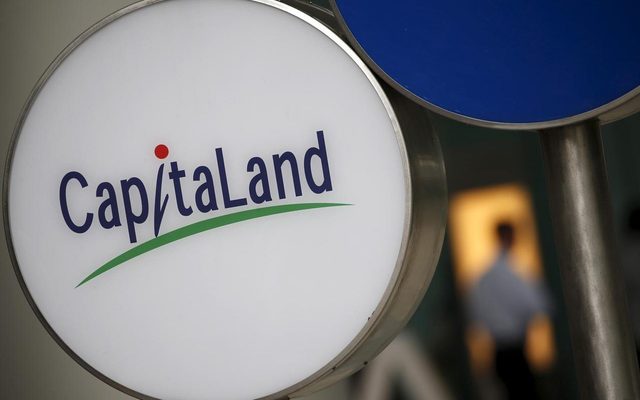This article is from the Australian Property Journal archive
DESPITE the RBA pausing interest rate hikes, with rates and inflation both already high mortgage delinquencies will continue to rise over the next 12 months.
According to Moody’s Investors Service, Australian mortgage delinquency rates increased over the March quarter, with the share of prime quality home loans that were at least 30 days in arrears at 1.26%, up from 1.05% in December 2022.
The nonconforming mortgage delinquency rate grew significantly more than prime loans, reaching 4.04% in March, up from 3.35% in December last year.
For both prime and nonconforming home loans, the delinquency rate is still sitting below the peaks seen at the onset of the COVID-19 pandemic where they were at 1.76% and 4.80% respectively.
Moody’s is forecast a moderate rise in delinquencies over the next 12 months, with the RBA’s pausing of the cash rate at 4.10% in July not undoing the total increase of 4% since May 2022.
Though the rate hikes were justified as means to combat inflation, with inflation still high in combination with the high cash rate, mortgage holders’ capacity to pay home loan instalments will remain compromised.
With unemployment still relatively low, at 3.6% in May 2023, Moody’s predicts increased delinquencies will be moderated.
“Borrowers who took out mortgages at very low interest rates in the few years before the RBA started its monetary tightening cycle pose a particular risk,” said Helen Liu, analyst at Moody’s Investor Service.
While the Australian Prudential Regulation Authority (APRA) requires lenders to assess a borrower’s capacity to repay debt using an interest rate that is three percentage points above the actual rate at loan origination, this hasn’t left enough buffering room for the RBA’s year of hikes.
“Because interest rates were so low before the RBA’s monetary tightening cycle and have increased so rapidly, the average serviceability assessment rate for home loans that lenders originated between September 2020 and March 2022 is now below the current average variable rate,” added Liu.
Adding to rising mortgage delinquencies, over the next six to 12 months a significant chunk of mortgages will reach the end of their fixed-rate period.
Due in large part to the record low interest rates during the peak of the COVID-19 pandemic, fixed-rate mortgage lending, which typically averaged at around 20% of total outstanding housing credit prior to 2020, more than doubled to a peak of 46% of total monthly housing loan commitments in July 2021.
Recent analysis from Canstar found fixed-rate borrowers approaching this mortgage cliff could be about to see their repayments skyrocket by 63%.




